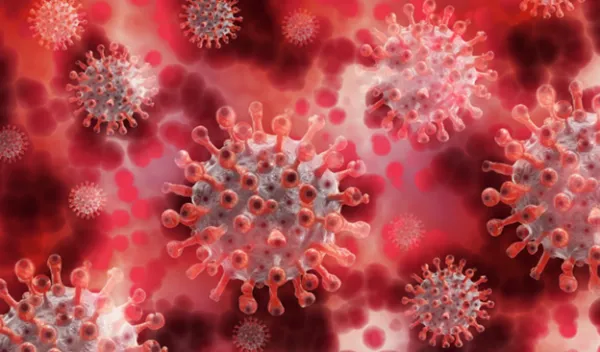
High vaccination rates blunted delta variant surge in some U.S. states
U.S. states with low vaccination rates bore the brunt of the COVID-19 surge caused by the delta variant during the summer of 2021, according to a study published in eLife.
The U.S. National Science Foundation-funded research reaffirms the importance of high vaccination rates in preventing COVID-19 illness and deaths during variant-driven surges. The results may also help improve future modeling of COVID-19 surges.
To help public health officials plan and mitigate the potential effects of COVID-19, modeling teams from across the U.S. joined forces to create the COVID-19 Scenario Modeling Hub in December 2020. The teams worked together to provide six- to 12-month nationwide and state-by-state projections of COVID-19 cases, hospitalizations and deaths.
"This study details the projections we made as the more transmissible delta variant emerged in the United States in the spring of 2021," said co-lead author Shaun Truelove of the Johns Hopkins Bloomberg School of Public Health. "Using nine different models and four defined scenarios, each team assessed how virus control measures, such as mask wearing or vaccination availability and uptake, might change the trajectory of COVID-19 as the delta variant spread at state and national levels."
The models projected those cases would begin to rise in July 2021, and peak in mid-to-late September 2021, with the number of hospitalizations and deaths also rising. They also predicted that states with the lowest vaccination rates would see the most cases, hospitalizations and deaths.
"While the timing of these projected surges was accurate, the real numbers during the delta surge far surpassed what we projected," said co-lead author Claire Smith of the Johns Hopkins Bloomberg School of Public Health. "For example, in the worst-case scenario, the models projected about 516,000 cases during the first four weeks of the projection period, July 4 to July 31, 2021, but about 1.2 million occurred during this period."
While their predictions about which states would see the worst surges were accurate, those states saw more cases than anticipated. Most models did not include waning of natural or vaccine-derived immunity. This and other incorrect assumptions about the virus or human behavior during the surge likely contributed to these underestimations, the researchers found. The results highlight the challenges of modeling an ongoing epidemic and will help improve future modeling efforts.
